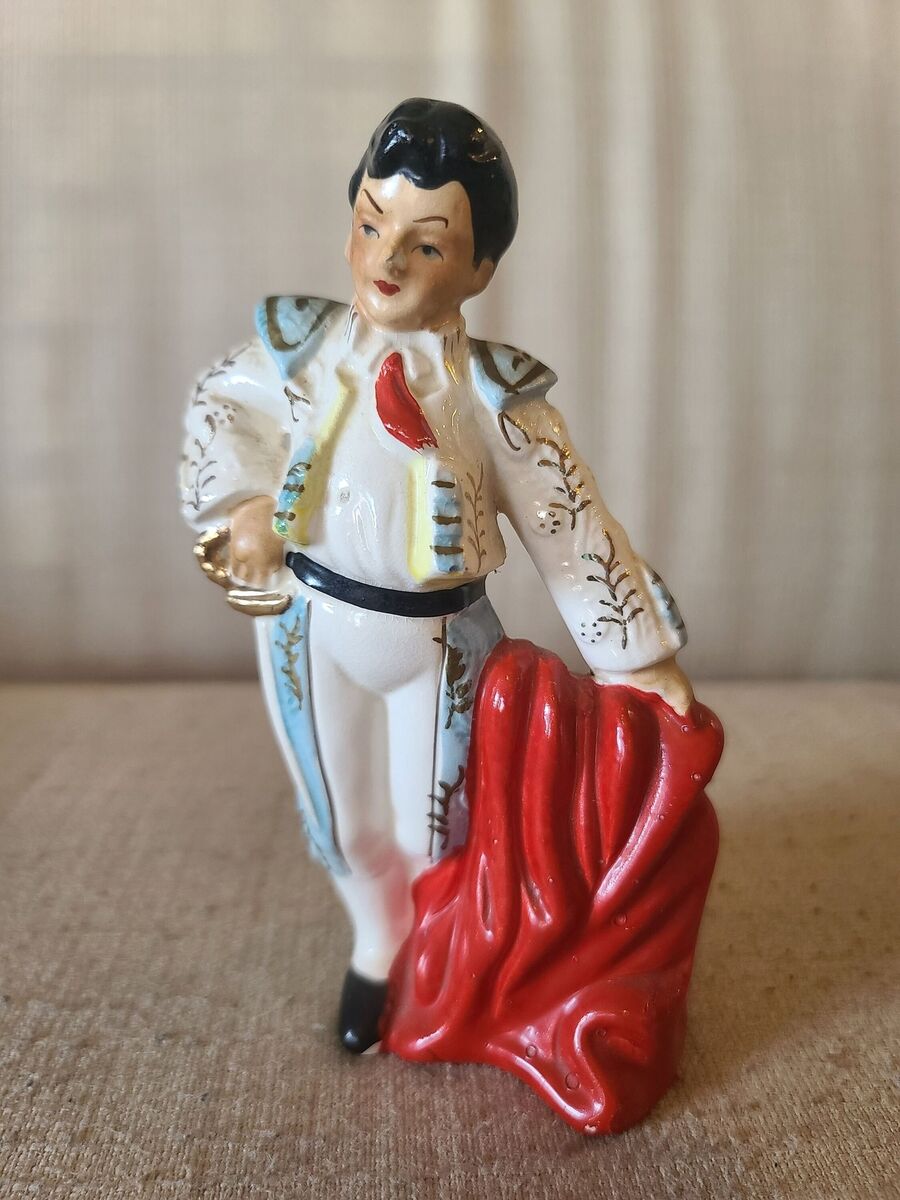Kitsch

The CASE FILE series — to which SEMIOVOX has invited our semiotician colleagues from around the world to contribute — shares memorable case studies via story telling.
A while back, hired by a retailer of furniture and decorative items, I analyzed hundreds of photos — which had been shared online — of people’s rooms. The goal was to identify interior design codes, each of which represented an aesthetic principle or value. Phase two would involve visiting people at home, immersing myself in their living environments. What sorts of messages do we convey via interior décor? I sought to understand. Wy do we choose, consciously or unconsciously, certain home décor styles rather than others?
In the course of my work, I kept coming across what I would calssify as kitsch: little owls as soap dispensers, Hello Kitty alarm clocks, plastic Buddhas, deer antlers, teddy bear collections, lots of plush and pink.
One group of consumers conveyed structure, a sense of order, ambition, and determination via their furnishings. Yet even in these rooms — with harmoniously coordinated, mostly subtle colors, and repetitive patterns and motifs — I kept discovering teddy bears, little dolls, porcelain animals, usually neatly placed or staged in pairs. How did it all fit together?
The other group of consumers conveyed something else altogether. Via their furnishings they emphasized their own style, emotionality, and spontaneity. Their use of color was much more expressive, and you saw a wide variety of styles and a mix of old and new furniture, often with slogans on the walls and objects. In their homes, colorful plastic figures, plush cushions, cups with faces, toilet lids with pink unicorns, and often entire collections of knick-knacks were found much more frequently. For them kitsch often played a self-conscious role, as an expression of independence from “good taste.”
The client was indifferent to kitsch, but on my own time I kept thinking about the meaning of these trivialized and exaggerated objects: what is it about the recurring childlike scheme, the often stereotypical colors, the broad smiles? Do they signify a longing for simplification, optimism, childhood and fantasy worlds — as a counterbalance to the world outside the home?
During the in-home visits, I tried to figure out what these objects were all about for their owners. Sometimes the explanations were simple: The objects had been gifts, so their owners didn’t have the heart to throw them away. But there were deeper meanings at work too. For the order- and structure-orientated customers, the objects were pure decoration, it seemed — often something special and proudly acquired. Meanwhile, the more creative customer group were often very caring and socially committed people and had a more emotional relationship with their plastic animals, etc.
Kitsch — the very symbol of banality — is rarely banal. This is one of the lessons I’ve learned as a semiotician.
CASE FILE: Sónia Marques (Portugal) on BIRTHDAY CAKE | Malcolm Evans (Wales) on PET FOOD | Charles Leech (Canada) on HAGIOGRAPHY | Becks Collins (England) on LUXURY WATER | Alfredo Troncoso (Mexico) on LESS IS MORE | Stefania Gogna (Italy) on POST-ANGEL | Mariane Cara (Brazil) on MOTHER-PACKS | Whitney Dunlap-Fowler (USA) on WHERE THE BOYS ARE | Antje Weißenborn (Germany) on KITSCH | Chirag Mediratta (India) on “I WATCH, THEREFORE I AM” | Eugene Gorny (Thailand) on UNDEAD LUXURY | Adelina Vaca (Mexico) on CUBAN WAYS OF SEEING | Lucia Laurent-Neva (England) on DOLPHIN SQUARE | William Liu (China) on SCENT FANTASY | Clio Meurer (Brazil) on CHOCOLATE IDEOLOGY | Samuel Grange (France) on SWAZILAND CONDOMS | Serdar Paktin (Turkey/England) on KÜTUR KÜTUR | Ximena Tobi (Argentina) on SLUM PANDEMIC | Maciej Biedziński (Poland) on YOUTH LEISURE | Josh Glenn (USA) on THE AMERICAN SPIRIT | Martha Arango (Sweden) on M | Chris Arning (England) on X | Peter Glassen (Sweden) on WHEN SHABBY ISN’T CHIC | Joël Lim Du Bois (Malaysia) on RECONSTRUCTION SET | Ramona Lyons (USA) on THE FALL.
Also see these global semio series: MAKING SENSE (Q&As) | SEMIOFEST SESSIONS (monthly mini-conferences) | COVID CODES | SEMIO OBJECTS | COLOR CODEX | DECODER (fictional semioticians) | CASE FILE | PHOTO OP | MEDIA DIET | TATTOO YOU (semioticians’ tattoos).

